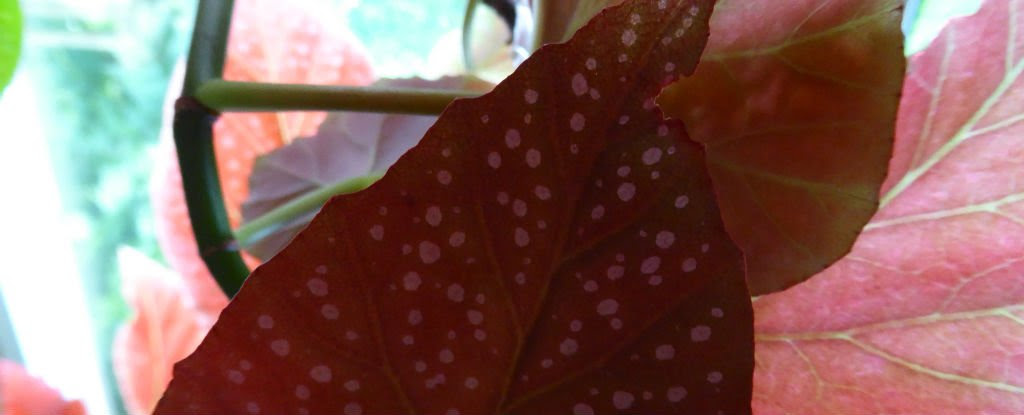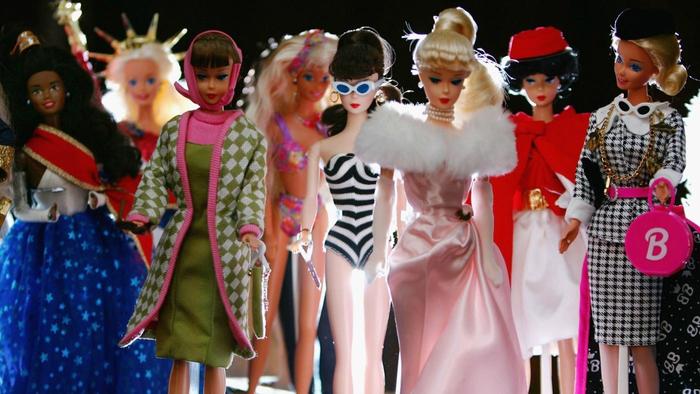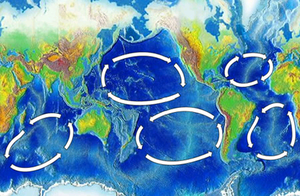The Plasticene
The term ‘Anthropocene’ was coined in 2000 by Paul Crutzen and Eugene Stoermer to denote the current era when human activity has had a profound impact on the Earth. More recently the term ‘Anthropocene’ has given rise to use of the term ‘Plasticene’ to describe one lens to observe the complexity of our Plastic Era, which is characterized by
- disposables in all domains of human daily life, from diapers to cutlery;
- inventive diversity of synthetic materials with chemical composition and performance attributes that often cannot easily be identified by color or appearance and so are difficult to recycle;
- impressive scientific discovery of microbial capacities to break down plastics formerly thought to be inert, and so impossible to break down – new chemical processes that could become game-changers;
- striking design innovation, some constructive new plastics and uses, some destructive.
The proliferation of plastics from human activity has profoundly affected Earth’s biosystems. Disposal of debris in the ocean causes seabirds and ocean life to confuse bright-colored plastic debris for edible fish, which has caused mass destruction of sea life. About 90% of dead seabirds autopsied contain plastic in their stomachs, primarily bottle caps.
Plastics engineer Mike Biddle started his company MBA Polymers in Richmond, California. He began experimenting with complex-plastics recycling, borrowing ideas from mining and grain processing. Biddle developed a patented 30-step plastics recycling system that includes magnetically extracting metals, shredding plastics, sorting them by polymer type and producing graded pellets to be reused in industry – a process that takes less than a tenth of the energy required to make virgin plastic from crude oil. But developing his systems for sorting and classifying diverse plastic waste required real ingenuity.
Today, Biddle has plants in Europe and Asia with plenty of plastic material to recycle, starting with what Biddle calls “above-ground mining” our mountains of trash.
Science Driving Innovation
A team of scientists in Japan, led by Shosuke Yoshida of Kyoto University, recently discovered a species of bacteria that can degrade the plastic referred to as PET (polyethylene terephthalate), as reported in the journal Science. PET is used to manufacture plastic bottles for water and soft drinks and in many other products. The widespread use of PET is because it is lightweight, colorless and strong. Roughly 56 million tons of PET are produced each year, much of which ends up as environmental trash.
PET has been highly resistant to being broken down by microbes, i.e. very non biodegradable. Because PET is a polyester compound with a high aromatic content, it is chemically inert, and so generally resistant to microbial degradation, although certain fungi grow on a mineral medium containing PET.
However, now there’s a breakthrough. The Kyoto University research team has identified one gene, ISF6_4831 that encodes a protein that shares half of its amino acids with another enzyme that hydrolyzes PET. This research affords potential for remediation of the now-overabundance of trashed items made of PET. The Smithsonian, and many others, reported on this discovery.
Tests in the lab revealed that these bacteria use two enzymes to break down PET. After adhering to the PET surface, the bacteria secrete one enzyme onto the PET to generate an intermediate chemical, which is then absorbed by the cell, where another enzyme breaks it down further, providing the bacteria with carbon and energy to grow. The researchers report that a community of Ideonella sakaiensis working this way could break down a thin film of PET over the course of six weeks if the temperature were held at a steady 86 degrees Fahrenheit. Further research and development may reveal how bacteria can efficiently clean up PET waste. MORE
Dr. Odile Madden, Materials Scientist at the Smithsonian Institution, and Principal Investigator for The Age of Plastic program, describes the diversity and complexity of the plastics. In the last third of this recording the audience engages in discussing the plastic debris problem.
Broadcast live streaming video on Ustream
An April 2016 publication in the Science and Technology of Advanced Materials suggests potential to use 3D printing not merely to produce chemically inert objects but also to produce chemically active objects. This discovery could radically augment the future potential of 3D printing. Today 3D printers typically use inert materials like metal, clay and ABS plastic, extruded by the machines to build an object one layer at a time. Although a diverse array of useful items have been created in this way, innovation lay in the means of production and the object’s function, not in its chemistry.
American University chemistry professor Matthew Hartings leads a team that has created an ABS plastic filament with an active chemistry capable of neutralizing pollutants. To make the filament, the team added chemically active titanium dioxide (TiO2) nanoparticles to the usual plastic filament and fed it into a 3D thermoplastic printer. The material was used to print a matrix design the size and appearance of a household sponge. The resulting structure was still active even after the printing process. When natural light interacts with TiO2, a reaction occurs that breaks down pollutants.
One limitation of the research is that for the structure to print, the concentration of nanoparticles needed to be less than 10 percent of total mass of the structure. To achieve the desired behaviors, a higher concentration may be needed.
Recent scientific discovery of “reverse photosynthesis” by a team led by Claus Felby, a professor from University of Copenhagen, Denmark, may be another game-changer, altering how the industry produces chemicals and fuels, and serving to reduce pollution significantly. The team’s study, featured in Nature Communications, describes a process capable of reversing photosynthesis, which could have dramatic effects on how biofuels, plastics and other industrial products are made. Using reverse photosynthesis, factories could both speed up production while lowering pollution. The process traps sunlight in chlorophyll molecules, as plants do in nature. Natural enzymes called mono-oxygenases are added, which enable solar energy to break down plant biomass, producing chemicals and energy in the process. MORE

Design for Innovation
Biomimicry is a powerful design strategy, since many solutions have already been invented through natural evolution. For example, chitin, the material that makes the hard shell of crustaceans, is now being studied as a potential natural plastic substitute.
The problem that each year 350 billion pieces of disposable plastic cutlery and wooden chopsticks are discarded in the United States, Japan and India inspired research scientist Narayana Peesapaty to innovate: edible cutlery and chopsticks made of millet, rice and wheat, without preservatives. His edible cutlery has a shelf life of 3 years, but will decompose in 3 to 7 days (unless eaten).
Edible Cutlery (innovation series) from Black Ticket Films on Vimeo.
Edible cutlery is just one of many examples of how the challenges of the Plasticene have inspired discovery and innovation.
Tyrelessly is a company founded by a sixteen year old entrepreneur in India.
Tyrelessly (innovation series) from Black Ticket Films on Vimeo.
Expeditions to the five plastic gyres are raising public awareness of the impact of dumping plastic debris in our oceans. Art has been fabricated out of plastic debris found on beaches. Chris Jordan has documented the plastic debris problem in art, photography, and film.
Richard Lang and Judith Selby have a website that features their art made with found objects of plastic.
One Plastic Beach from High Beam Media on Vimeo.
And artist Dianna Cohen, who creates useable design objects from discarded plastic, has founded the Plastic Pollution Coalition. Though “plastic is a substance that the Earth cannot digest” may change with innovations such as those described above, for now we all need to recognize that far too much non-digestible plastic has been dumped everywhere.
And of course the Plasticene cannot be described without mention of the Barbie doll. Mattel cannot estimate how many Barbies have been sold since this doll first hit the market in 1959. But the number is in the billions.

Image Credit: Getty Images
Future archeologists will certainly analyze how Barbies have changed over the decades, and what these representations reveal about our values and culture. They end up in the Smithsonian Americana collection, where materials scientist Dr. Odile Madden must figure out how to preserve them for future generations to study.
Related Topics: Saving Our Oceans from Plastic
- Adverse Health Effects of Plastic
- Circular Economy: Dame Ellen MacArthur
- Complex Systems Problems
- Enshrouded in Plastic
- Floater Technology for Ocean Cleanup
- Global Ocean Sensing
- Learning for a Plastic World
- Nature’s Innovators: plastic consumers
- Ocean Debris Network
- Ocean Ingenuity
- Oceans – Measuring Planet Health
- Plastic Pollution Coalition: Campaign vs Single Use Plastic
- Plastic Strategies for Innovation
- The Plasticene
- Plastiki: adventure stories & a big message
- Raising Awareness of Plastic Hazards
And they end up in our trash, much of which is swirling in the five great oceanic gyres shown in the diagram below.

